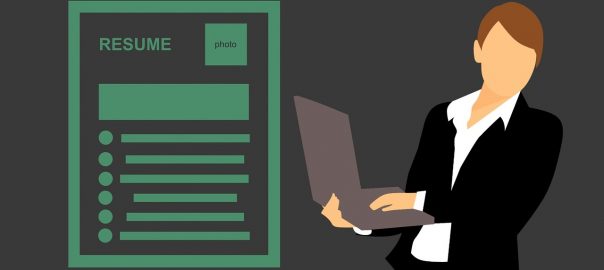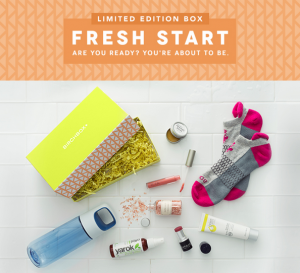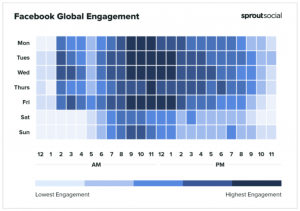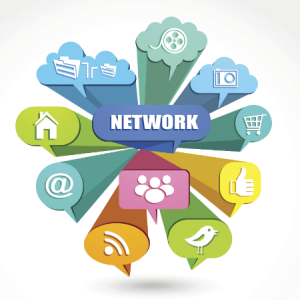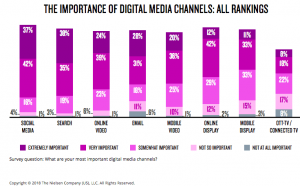— August 25, 2018
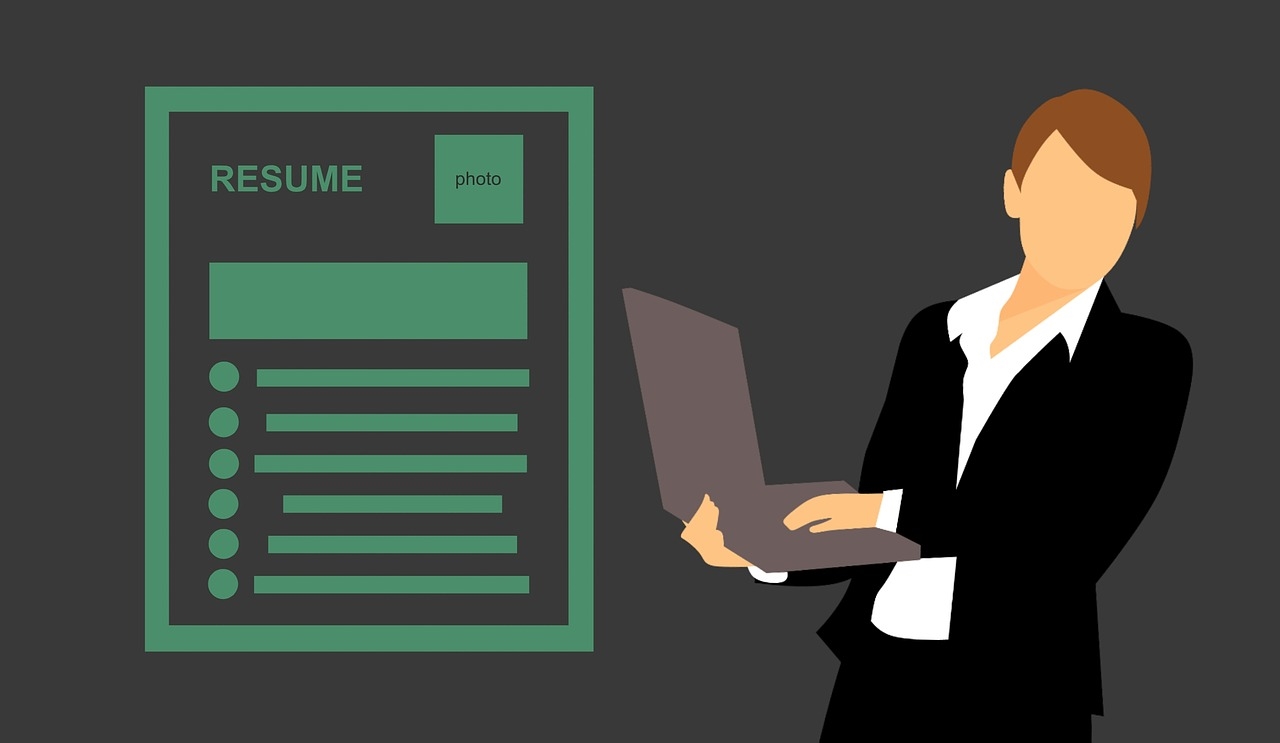
mohamed_hassan / Pixabay
The invention of the Internet has brought the world to our fingertips. You can do practically everything online from research to business to socializing to paying bills to ordering groceries (or takeout) to be delivered right to your door. But that doesn’t mean that more traditional methods of doing these things have been eliminated. There are still times when you want that personal connection and interaction.
The same goes for your resume. While it’s great to have everything available online on a platform like LinkedIn, it’s still good to have a traditional hard copy or Word version of your resume as well. Both serve different purposes and can complement one another.
Benefits of a Traditional Resume
When you’re job searching and applying to different positions online, it can be helpful to have a document that you can tailor for each role. This is very easy to do with your resume; swap some keywords, customize your summary to focus on strengths the employer is looking for, move a few bullet points around, and ta-da! You have a targeted resume.
You can also take copies of your resume with you to job fairs, provide them to people you network with, or use them for some background when speaking at an event or applying for a board position.
Plus, you can stylize your resume to fit your preferences. You choose the font, layout, bullet points, bolding, sections, and other customizations. You have some flexibility in deciding exactly what it looks like and what employers see. LinkedIn is more standardized and uniform, though there are some opportunities to customize actual content.
Benefits of LinkedIn
LinkedIn allows you to make your resume accessible and searchable to different recruiters and companies. They can find you based on keywords, job titles, location, and other information. Not only can you search for jobs on the site, recruiters can find you for jobs they think you may be a good fit for.
On LinkedIn, you can also connect with other professionals that you know. Colleagues and friends can endorse your skills and leave feedback about their experiences working with you, which can provide hiring managers with more insight into who you are.
There is also the option to upload attachments, link to websites, and add other information to your LinkedIn account that you can’t do with a resume. This is helpful if you have online assets you want to showcase. You can also post blogs or articles that show you are a thought leader and stay up-to-date with what is happening in your industry.
However, LinkedIn is also limited in its customizability in that every profile is presented exactly the same. You can’t adjust the font, style, or order of how things show up. It also doesn’t make sense to be constantly updating and customizing your profile for different jobs.
Benefits of Having a Resume and LinkedIn Profile
Together, these resources can make you more accessible and searchable as you look for different jobs. They offer a hiring manager information in a variety of ways and allow you to expand your network. Once a hiring manager reviews your resume, they often do an online search to see if everything matches up – and your LinkedIn profile is one place they’ll look. Plus, you can see if you have any connections with the company that can help you get a foot in the door.
As more functions and operations become available online, don’t underestimate the importance of having a traditional resume that you can use to market yourself as well.
Digital & Social Articles on Business 2 Community
(40)
